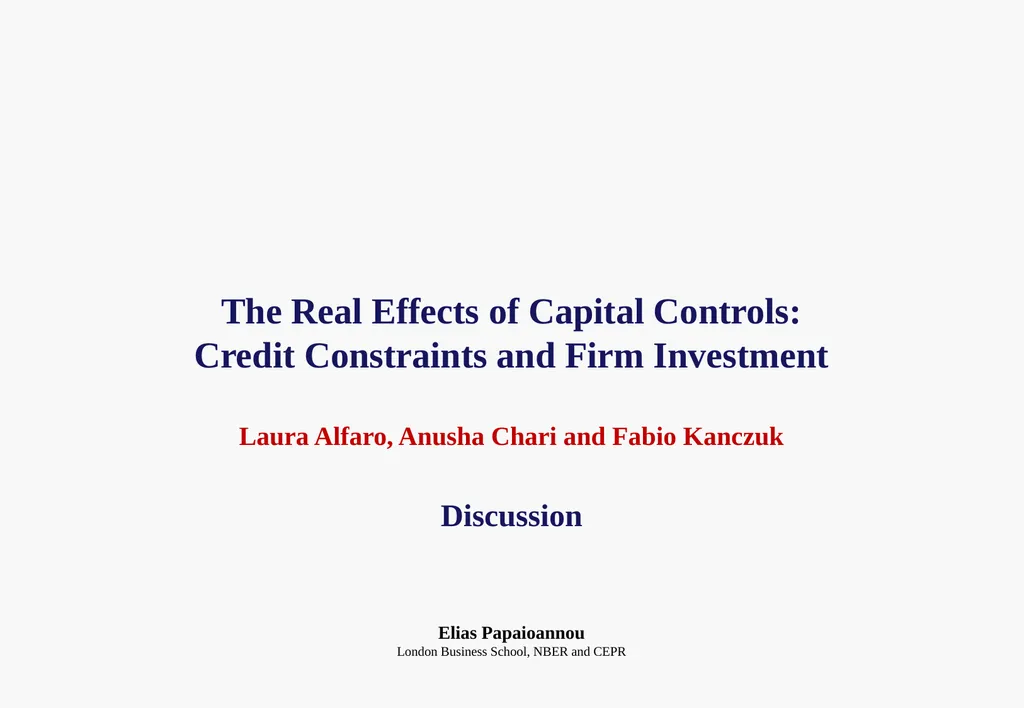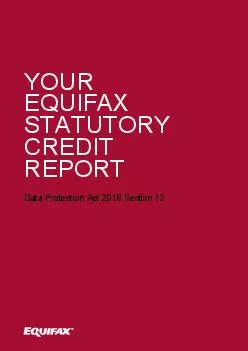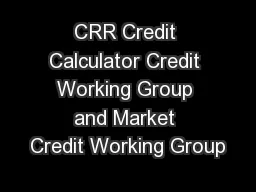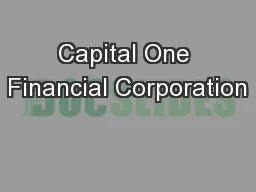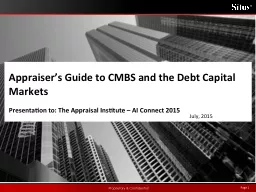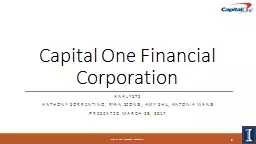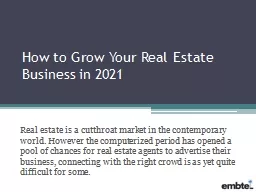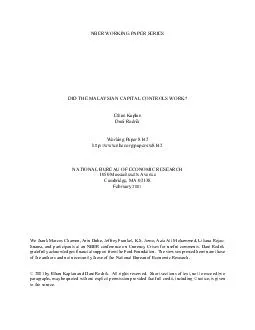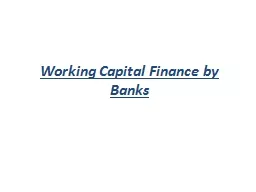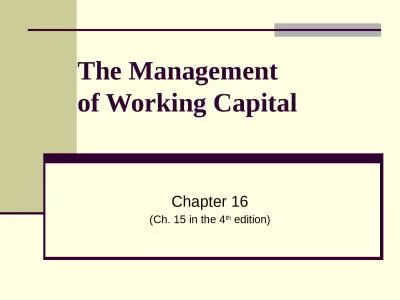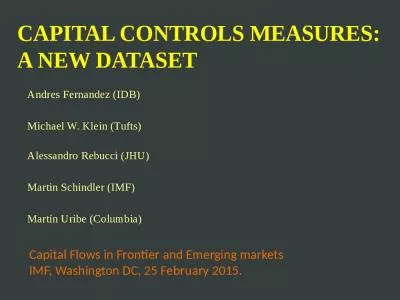The Real Effects of Capital Controls: Credit
Author : conchita-marotz | Published Date : 2025-06-27
Description: The Real Effects of Capital Controls Credit Constraints and Firm Investment Laura Alfaro Anusha Chari and Fabio Kanczuk Discussion Elias Papaioannou London Business School NBER and CEPR Structure Summary Research Question Approach
Presentation Embed Code
Download Presentation
Download
Presentation The PPT/PDF document
"The Real Effects of Capital Controls: Credit" is the property of its rightful owner.
Permission is granted to download and print the materials on this website for personal, non-commercial use only,
and to display it on your personal computer provided you do not modify the materials and that you retain all
copyright notices contained in the materials. By downloading content from our website, you accept the terms of
this agreement.
Transcript:The Real Effects of Capital Controls: Credit:
The Real Effects of Capital Controls: Credit Constraints and Firm Investment Laura Alfaro, Anusha Chari and Fabio Kanczuk Discussion Elias Papaioannou London Business School, NBER and CEPR Structure Summary Research Question Approach Findings The Big Picture Theory Empirics Guide to practice Main Issues Other Comments Heterogeneity Geeky 2 Introduction Research Motivation and Question Policy Limitations of interest-rate as a single tool for monetary policy [other tools] “popularity” of capital controls. (e.g., Malaysia, Brazil, Cyprus) IMF “endorsement” (capital flow management, externalities) Transmission of (monetary policy) shocks from industrial to developing-emerging economies (“currency war” idea) 3 Paper Summary Research Motivation and Question, cont. Policy Limitations of interest-rate as a single tool for monetary policy [other tools] “popularity” of capital controls. (e.g., Malaysia, Brazil, Cyprus) IMF “endorsement” (capital flow management, externalities) Transmission of (monetary policy) shocks from industrial to developing-emerging economies (“currency war” idea) Academic interest Theory Externalities (Korinek, 2011, 2012, 2013) Dilemma-Trilemma (Rey, 2013; Farhi and Werning, 2012, 2013) Empirics. Cross-country works (e.g., Klein, 2012, Forbes and Klein, 2014; Forbes et al. 20120) Case studies (e.g., Forbes, 2007, Alfaro, Chari, and Kanczuk, 2014) 4 Paper Summary Approach. Event/Case Study Brazil. Large country, various capital control measures, topical Firm-level data (large publicly traded firms on BOVESPA). Stock returns around announcement (“finance” approach) Investment in the three years before and after the imposition of capital controls 5 Paper Summary Results Negative stock returns (around announcement; +/1 day, alternative short-term windows) Mostly for restrictions on equity investment Mostly in finance-dependent sectors Mostly in medium-sized and small firms No effect on large exporting firms Investment (+/- 2 years) Overall little impact on investment (small drop) Significant decline for small and medium sized firms (finance-dependent) Increase in investment for exporting firms (in spite of currency appreciation) 6 Paper Summary Overall Nice work (though preliminary) Firm-level analysis (though only publicly-traded firms) Effort linking firms to theoretical channels (exportability, finance-dependence) Numerous extensions (authors already try tackling some of these issues) Sample (include small non-publicly-traded firms) Time period Examine heterogeneity across various other dimensions 7 Paper Summary Structure The Big Picture. From Theory to Empirics and Policy Guidance Theory Empirics Guide to practice Main Issues. Suggestions Macro Micro Other Comments Heterogeneity Geeky points 8 From Theory to Empirics and Policy Guidance Theory (pros and cons) Short-run analysis Medium/long-run analysis Dynamics Empirical work policy prescriptions Cross-country (lessons?). Case-studies (lessons?) 9 The Big Picture Theory. Pros. [Korinek, 2012; Farhi and Werning,
